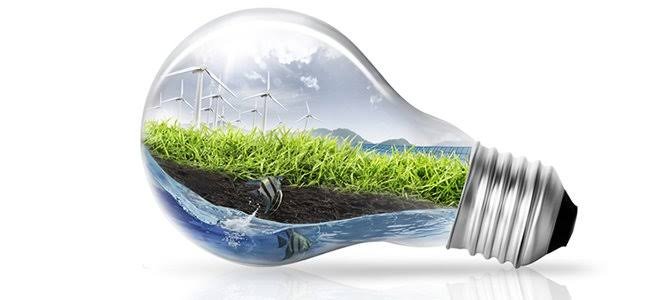Know why led lights are energy efficient! 💡

Ever wondered why these are called energy saving lights? The answer is simple, they provide more light with less energy. In fact, LED lights can provide more light with about 75 percent less energy than incandescent bulbs. Let me give you a comparative calculation to make it easier to understand. An 18-watt LED lamp can give the same amount of light as a 100-watt incandescent lamp. The question is, how? For that, first you have to understand how the incandescent lamp/bulb 💡 works.
Thomas Alva Edison is the father of incandescent bulbs. However, the first incandescent bulb was invented by Joseph Wilson Swan. He was the first to light an electric lamp in his house. The resistance of the lamp he discovered was very low. Besides, this lamp was not very durable. At the same time, Edison invented a durable and high-resistance electric lamp. The invention of the two was recognized in the patent office in 1879. Swann didn't agree. Then one day they came to an agreement and co-founded Edison & Swan United Electric Light Company. Ediswan Company in short. This company later commercialized the incandescent lamp. The radiation of light as a result of heat generated by the filament or the resistance between the lamps is the luminosity. In this case mainly tungsten filament is used. Electricity flows through the filament. The resistance between the filaments prevents the flow of electricity, resulting in heat being generated. We see this heat as light. A glass cover is placed around the filament. It contains vacuum or inert gas. Usually gas is used. As a result, the filament does not become overheated and evaporates.

The fact is that the light produced by an incandescent lamp contains all the light in the spectrum. But the wave heads are in a certain place in the spectrum. Usually in the infrared part of the spectrum. This greatly reduces the capacity of incandescent lamps as a visible light source. Because, our senses can recognize infrared light only in one way, as heat. About 98 percent of the energy is released as heat. That is, it is wasted.
Meanwhile, there is a diode in the LED lamp. In fact, the full form of the word LED is light emitting diode.
The story of the invention of LED began in 1926. Oleg Vladimirovich , a Russian radio researcher, published a study in 1926 on the electrolytic radiation that occurs in diodes used in radio. This research paper has played a major role behind LED research.
Then, in 1981, Robert Beard and Gary Pitman discovered the laser diode and accidentally discovered the abalone LED. But it does not create visible light. That's what Nick Hallonack did in 1982. He made red light LEDs. He is called the father of LED for that. Later, as it was being developed, the technology of making white light LEDs was discovered. Suzy Nakamura played a big role behind this. In 1994, he invented the blue LED. For this he was awarded the Nobel Prize in Physics in 2014.

As we know, white light is actually a mixture of seven types of light. Sir Isaac Newton proved this by examining the prism. At this time he sent the white light of the sun through the prism, the light is breaking into seven colors. If the two prisms are placed opposite each other, the second prism can turn the light dissolved in seven colors into white light. It is natural to think that this is what is done with white light LEDs. That is, by making seven colors, all of them are mixed together to make white light. In fact it is not done.
Those of you who know about basic and composite colors, have probably thought of another way by now. Red, blue and green lights are made separately, white light can also be made by mixing them together. It is possible to do this, but the process is very expensive. Here is the caricature of blue LED.

The blue LED contains an indium gallium nitride diode. Yellow phosphorus powder is added to it. In this case a chemical called itrium aluminum garnet is usually used. This phosphor powder is usually applied to the outer covering of the light. When the blue LED is lit, it excites this phosphor powder. As a result, bright, white light comes out as a combination of blue LED and yellow phosphor.
In this case, the light that is generated is almost entirely in the visible part of the spectrum. So energy is not wasted as heat. That's why LEDs can give so much light with so little power.
Source:
> "Wikipedia
> 'Astrophysics for People in a Hurry'


So this is the reason why we use led bulbs here in our house? 😳 now I know. Thank you for this informative article sir Trenzs I learned again a lesson who is the first inventor of the bulbs because I am lazy to do my own search hehe.